Lockheed T-33 Shooting Star Canadian Air Force
Production Time 9 to 10 weeks
Shipment is by FedEx, UPS or DHL International Express Courier with a normal door-to-door delivery time worldwide of within 2-3 business days after dispatch. Due to the current volatility of world fuel prices, the amount mentioned here is our best estimate for DHL and UPS and may be subject to change at the time of shipping.

Model Description: Lockheed T-33 Shooting Star Canadian Air Force Wood Replica Scale Custom Model Aircraft
Manufacturer: Lockheed
Wingspan: 17 Inches (43.2 Centimeters)
Height: 5.1 Inches (13 Centimeters)
Scale: 1:27
$239.50
Production Time 9 to 10 weeks
-
United States dollar ($)
-
Pound sterling (£)
-
Euro (€)
-
Australian dollar ($)
-
Canadian dollar ($)
-
Singapore dollar ($)
-
Swiss franc (CHF)
-
Japanese yen (¥)
-
Danish krone (kr.)
-
Hong Kong dollar ($)
-
Norwegian krone (kr)
-
Swedish krona (kr)
-
United Arab Emirates dirham (د.إ)
General Product Description
Our PlaneArt Lockheed T-33 Shooting Star Canadian Air Force model exhibits unique, unrivaled quality and detailed design to come as close as possible to the accuracy of the actual plane. It comes as standard with a robust, durable base or stand which is available in a variety of different finishes designed to match your own personal requirements including solid wood, wood with polished metal supports or adjustable wood wall mount and will be ready within about 9-10 weeks from placement of order.
The Lockheed T-33 Shooting Star Canadian Air Force model is made of the finest kiln dried renewable mahogany wood (commonly known as Lauan or Meranti) which has undergone many stages of carving and meticulous and careful sanding giving the beautiful, finished museum quality masterpiece. Many collectors and model connoisseurs demonstrate their preference for genuine handmade and hand painted mahogany wood models rather than plastic or die cast (diecast) alternatives due to the overall look and totally different feel of the item - we trust you will find the same. We can however, if required produce the same model in Solid Cast Resin so just click and contact us for further information. Our craftsmen and gifted artisans ensure that our finely handcrafted model airplanes match the precise blueprint details of the original aircraft. The paint scheme, markings and parts are closely matched, reflecting the original aircraft. This stylish top-quality desktop replica model will surely enthrall anyone who receives this as a gift and for sure one of the most appropriate and desirably collectable gifts for any aviation enthusiast or avid military jet aircraft collector whilst also displaying a perfect resemblance to the actual real life version.
There are many types of military jet aircraft, but the basic types are bombers, fighters, fighter bombers, spotter planes, transporters, patrol aircraft, trainers, and reconnaissance and observation aircraft. All these types of aircraft are used for different types of missions. If you're a fan of historic or present-day military aviation, our model aircraft will bring the excitement and character of these aircraft right into your own home.
If you require, we can also make the Lockheed T-33 Shooting Star Canadian Air Force model in any other military, government or even private livery or colour scheme you require and if necessary, in a different size or scale. Just click here to contact us with a description or photographs of what you require, and we will let you have a quotation for the necessary customization by return email. We can also make bespoke scale replicas of any other private / civil commercial airliner or airliners, helicopter, glider, gliders with engines, military propeller, warplane jets, biplane, triplane, tail fin, spacecraft, rocket or NASA model you require in any airline, military or civilian livery or colors. We also produce model airships, blimps, dirigibles, blimps, boats, and ship collectibles. Wall plaque or seal for military, government or private customers. Again, by clicking here to contact us just let us know exactly what you need.
Preserving the Legacy: The Lockheed T-33 Shooting Star in the Canadian Air Force
The Lockheed T-33 Shooting Star holds a distinctive place in aviation history as a pioneering jet trainer. In the annals of the Canadian Air Force, the T-33, affectionately known as the “T-Bird,” has been instrumental in training generations of pilots, marking its significance not only as a military asset but also as a cultural icon.
Introduction to the T-33
Developed from the Lockheed P-80/F-80 Shooting Star, the first operational jet fighter used by the United States Air Force, the T-33 was designed to bridge the gap for pilots transitioning from propeller-driven aircraft to jets. Introduced in 1948, it quickly became the staple jet trainer for NATO countries, including Canada.
Features of the T-33:
- Airframe and Design: The T-33 features a lengthened fuselage to accommodate a tandem-seat cockpit, allowing for an instructor and a student pilot. Its straight wing design, inherited from its predecessor, the P-80, facilitated ease of handling and stability—crucial for training purposes.
- Engine: Powered by an Allison J33 turbojet engine, the T-33 was capable of achieving speeds up to 600 mph (approximately 970 km/h). This powerplant was instrumental in providing pilots with the experience of handling near-sonic speeds, a relatively new domain in the early days of jet aviation.
- Avionics: For its time, the T-33 was equipped with advanced avionics, including communication radios, navigational aids, and in later models, radar enhancements. These features made it an excellent platform for training pilots in instrument flying and other advanced aerial techniques.
The T-33 in Canadian Service:
The Royal Canadian Air Force (RCAF) introduced the T-33 into service in the early 1950s, and it quickly became a backbone for pilot training. The Canadian variant, designated as the CT-133 Silver Star, featured several modifications, including a more powerful Rolls-Royce Nene engine, which better suited the cold and varied Canadian climate.
Training Roles: The T-33 was used extensively in roles ranging from basic jet flight training to advanced combat tactics. Its reliability and ease of maintenance made it ideal for the rigorous demands of daily flight training operations.
Operational History: Throughout its service life, the T-33 was also employed in secondary roles such as target towing, photographic reconnaissance, and even as a practice adversary in combat training scenarios. This versatility further cemented its utility in a broad array of aerial disciplines.
Legacy and Retirement:
After decades of faithful service, the T-33 was gradually retired from active duty in the Canadian Air Force by the late 2000s. Many of these venerable aircraft found new homes in museums, while others continue to fly in civilian hands, often appearing at air shows, where they dazzle spectators and remind them of the early days of jet aviation.
Conclusion:
The Lockheed T-33 Shooting Star represents a significant chapter in the evolution of jet training aircraft. Its adaptation by the Canadian Air Force as the CT-133 Silver Star illustrates a successful integration of American aerospace technology into the fabric of Canadian military training programs. Today, the legacy of the T-33 endures, reminding us of its pivotal role in shaping the careers of countless aviators.
| Weight | 6 kg |
|---|---|
| Dimensions | 16.5 × 17 × 5.1 in |
Be the first to review “Lockheed T-33 Shooting Star Canadian Air Force” Cancel reply
Similar Models
Military Airplanes - Propeller
Helicopters
Military Airplanes - Jet
Military Airplanes - Jet
Private & Civilian
Military Airplanes - Jet
Military Airplanes - Jet
Military Airplanes - Jet
McDonnell Douglas CF-18 Hornet Canadian Air Force 410 Cougars
Military Airplanes - Jet
Military Airplanes - Jet
Military Airplanes - Jet
Military Airplanes - Propeller
Military Airplanes - Propeller
Military Airplanes - Propeller
Military Airplanes - Propeller
Military Airplanes - Propeller
Military Airplanes - Jet
Private & Civilian
Military Airplanes - Propeller
Tail Shields & Flashes, Plaques & Seals
Military Airplanes - Jet
Military Airplanes - Propeller
Military Airplanes - Propeller
Military Airplanes - Jet
Military Airplanes - Jet
Military Airplanes - Jet
Military Airplanes - Jet
Private & Civilian
Military Airplanes - Jet
Boeing C-17 Globemaster III Canada – Royal Canadian Air Force
Military Airplanes - Jet
Private & Civilian
Private & Civilian
Private & Civilian
Private & Civilian
Private & Civilian
Military Airplanes - Jet
Military Airplanes - Jet
Military Airplanes - Jet
Helicopters
Military Airplanes - Jet
Military Airplanes - Jet

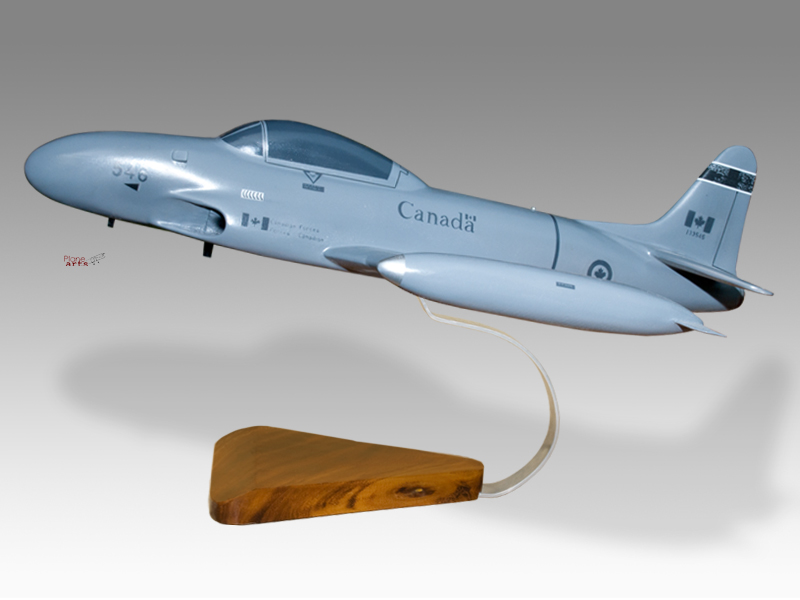
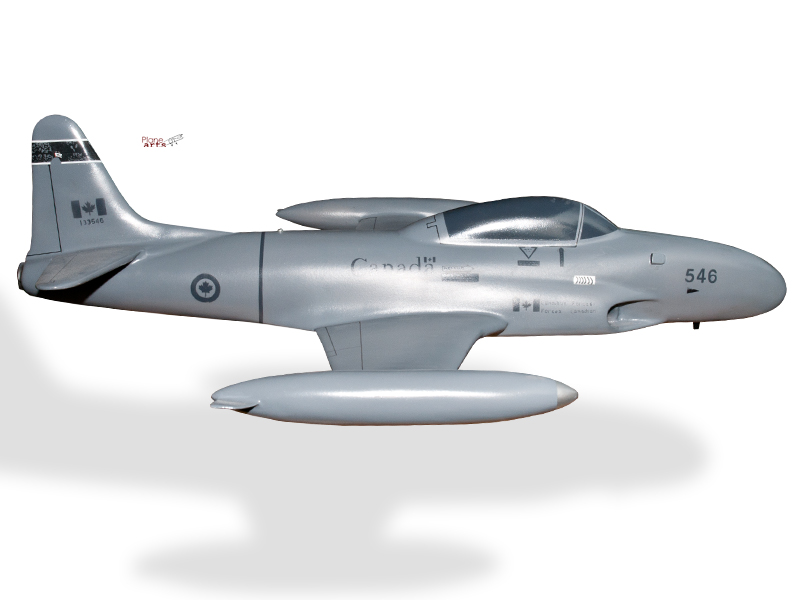
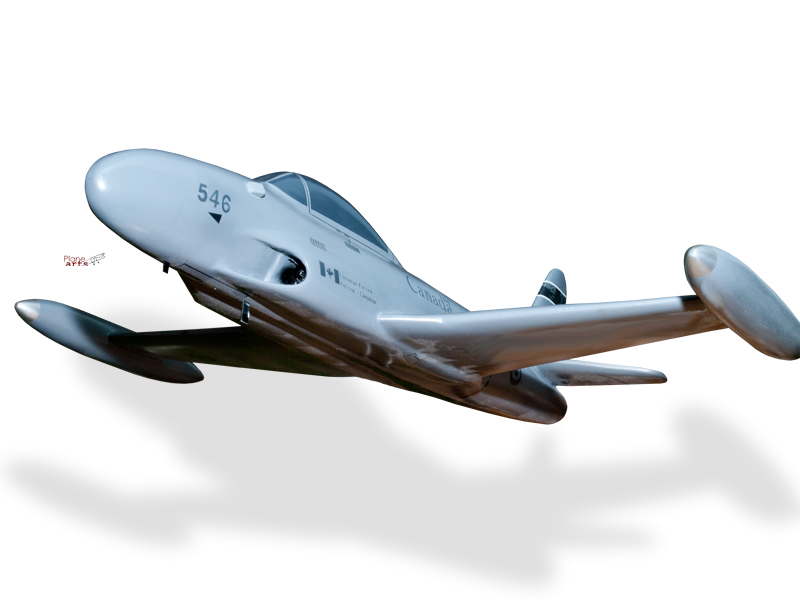
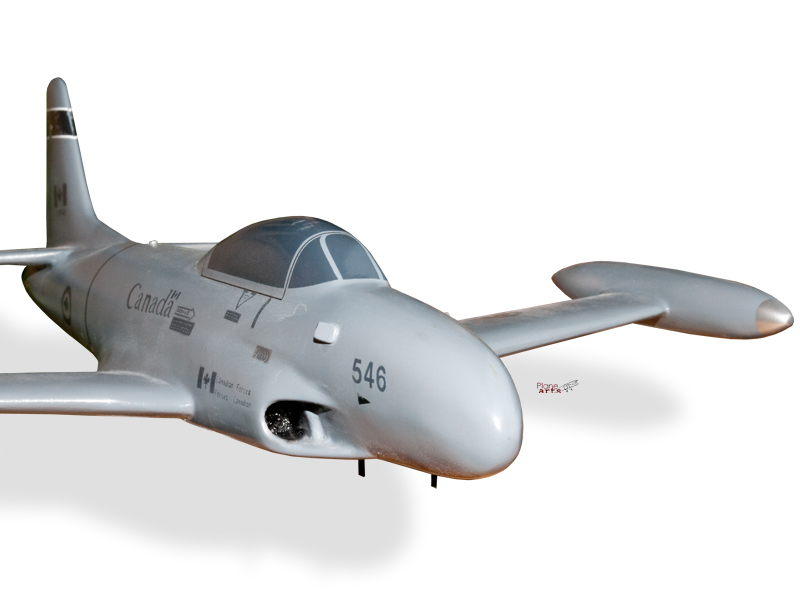
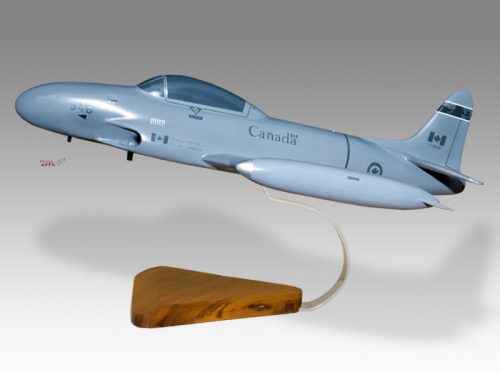
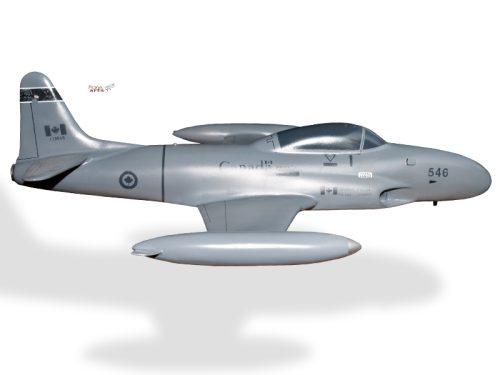
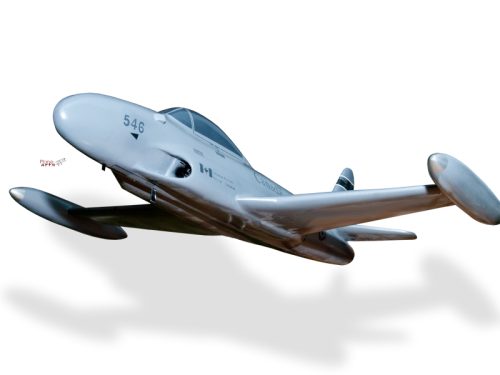
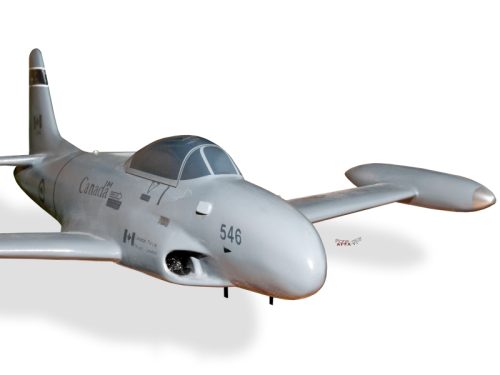
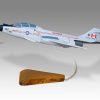

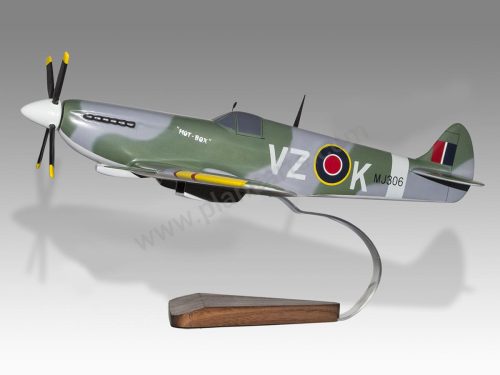


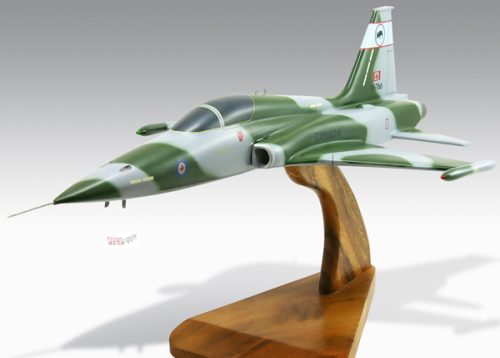
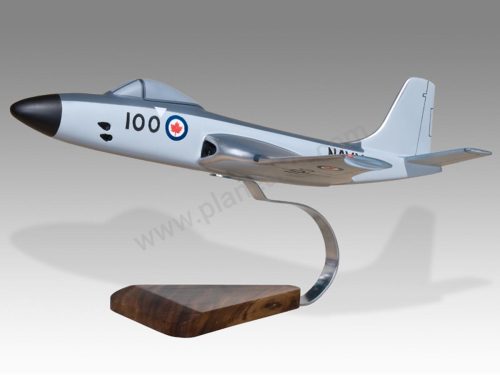
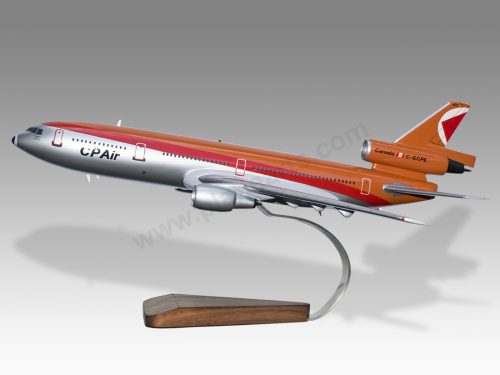
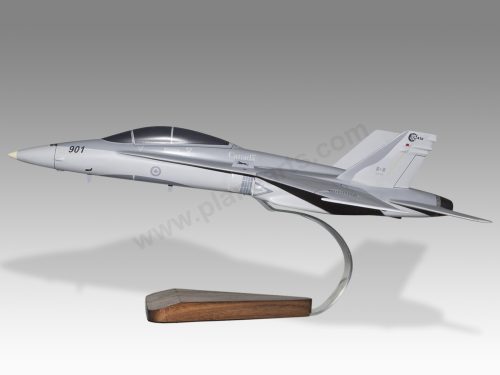

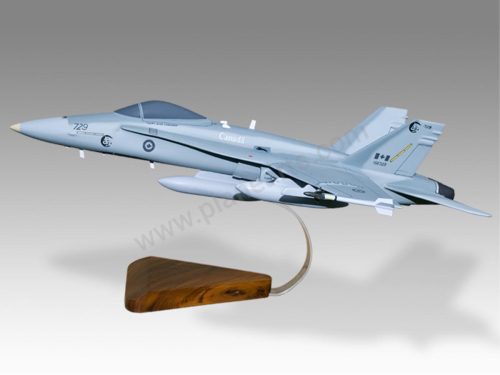
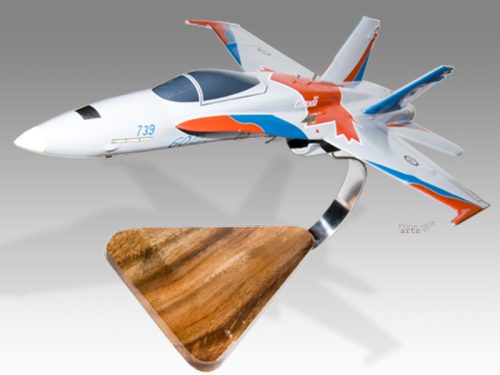
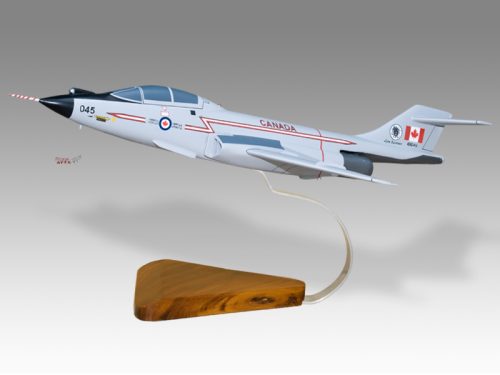

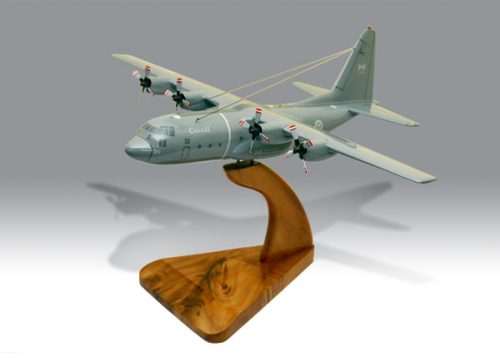

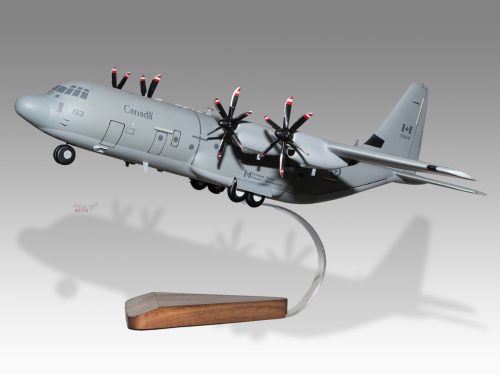
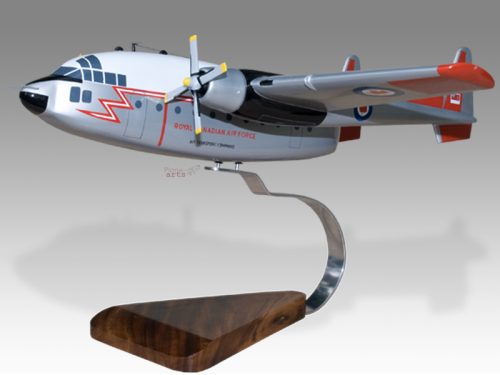
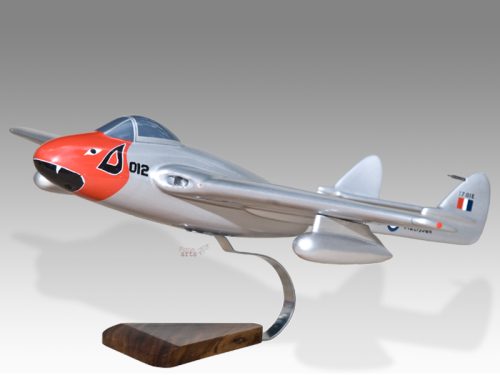


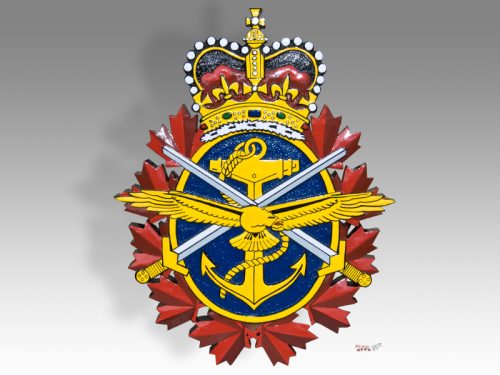
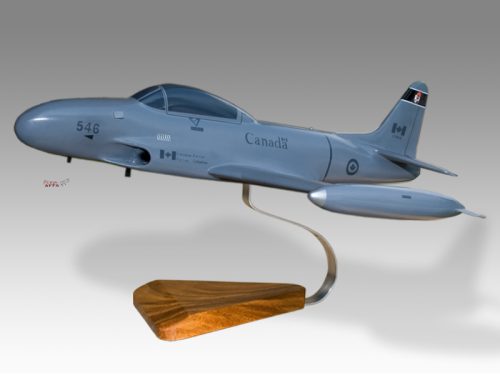
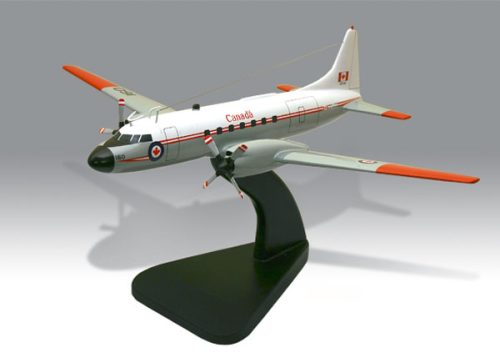

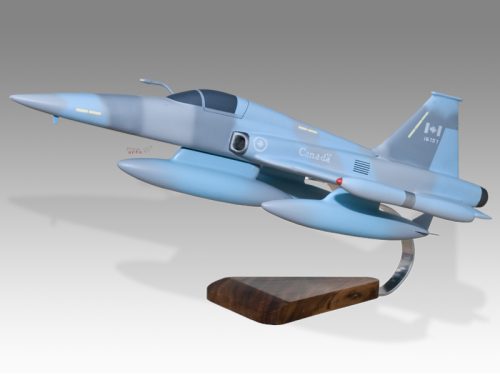
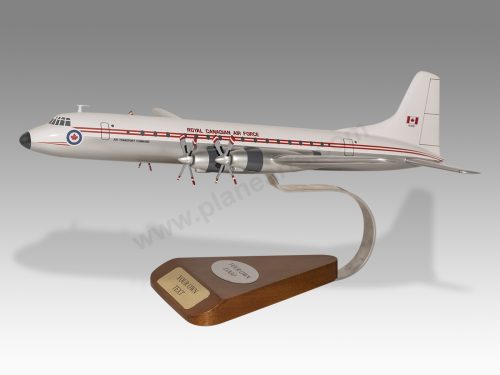


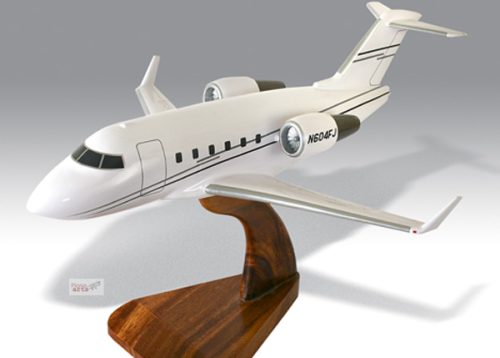
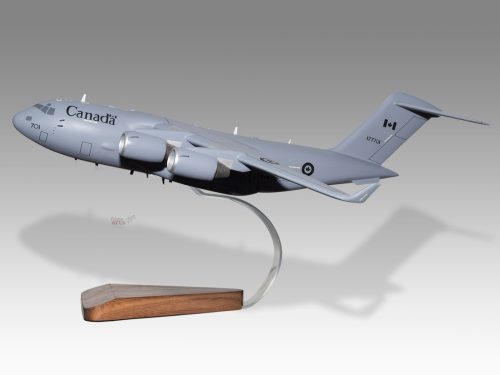
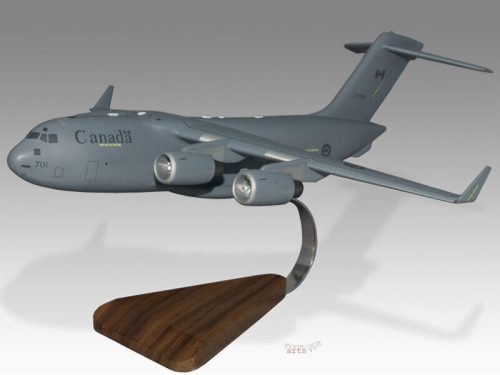
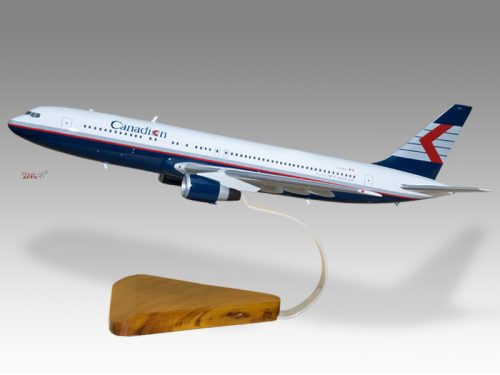
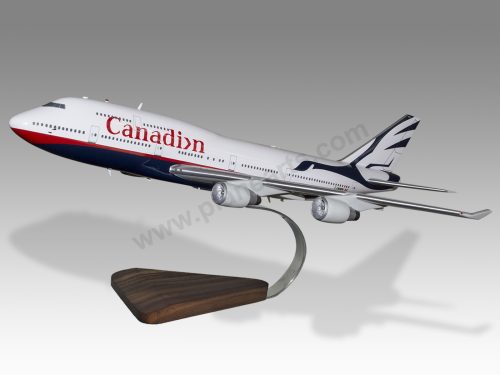
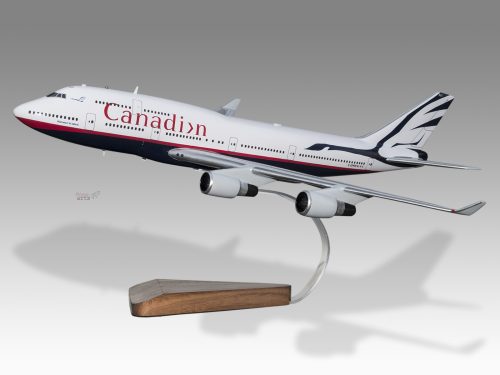

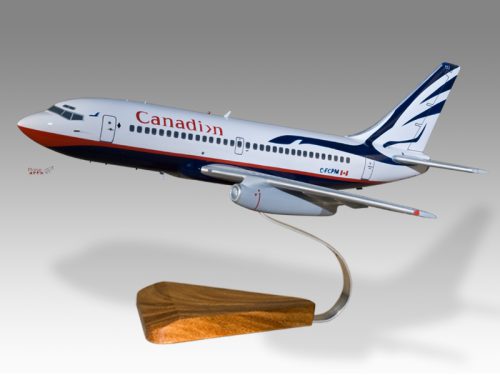
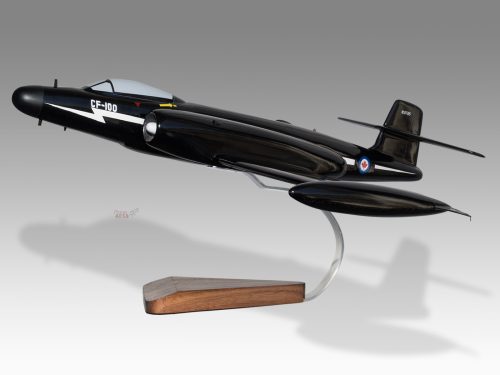
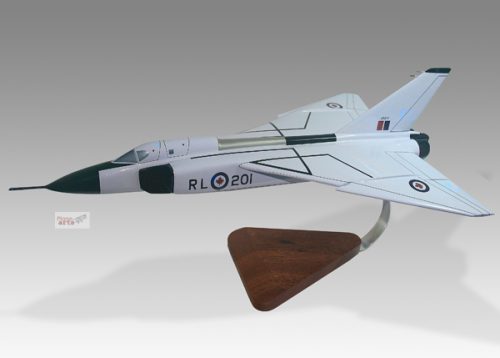
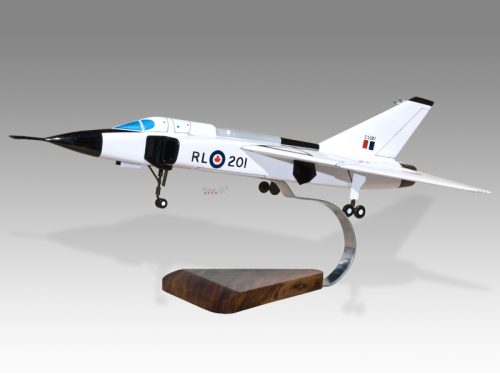
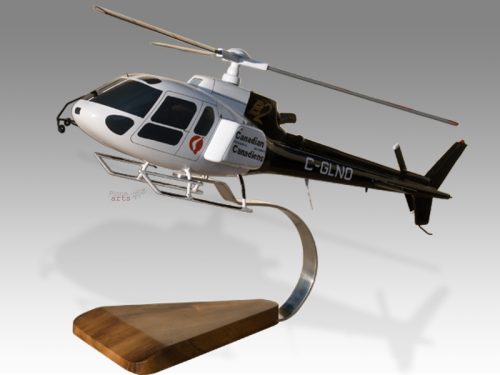
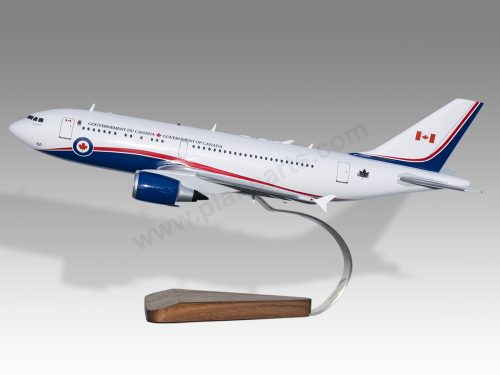

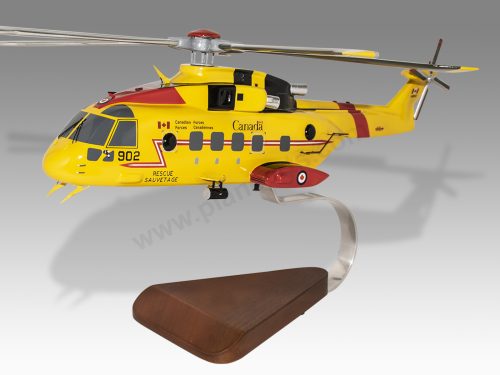
Reviews
There are no reviews yet.